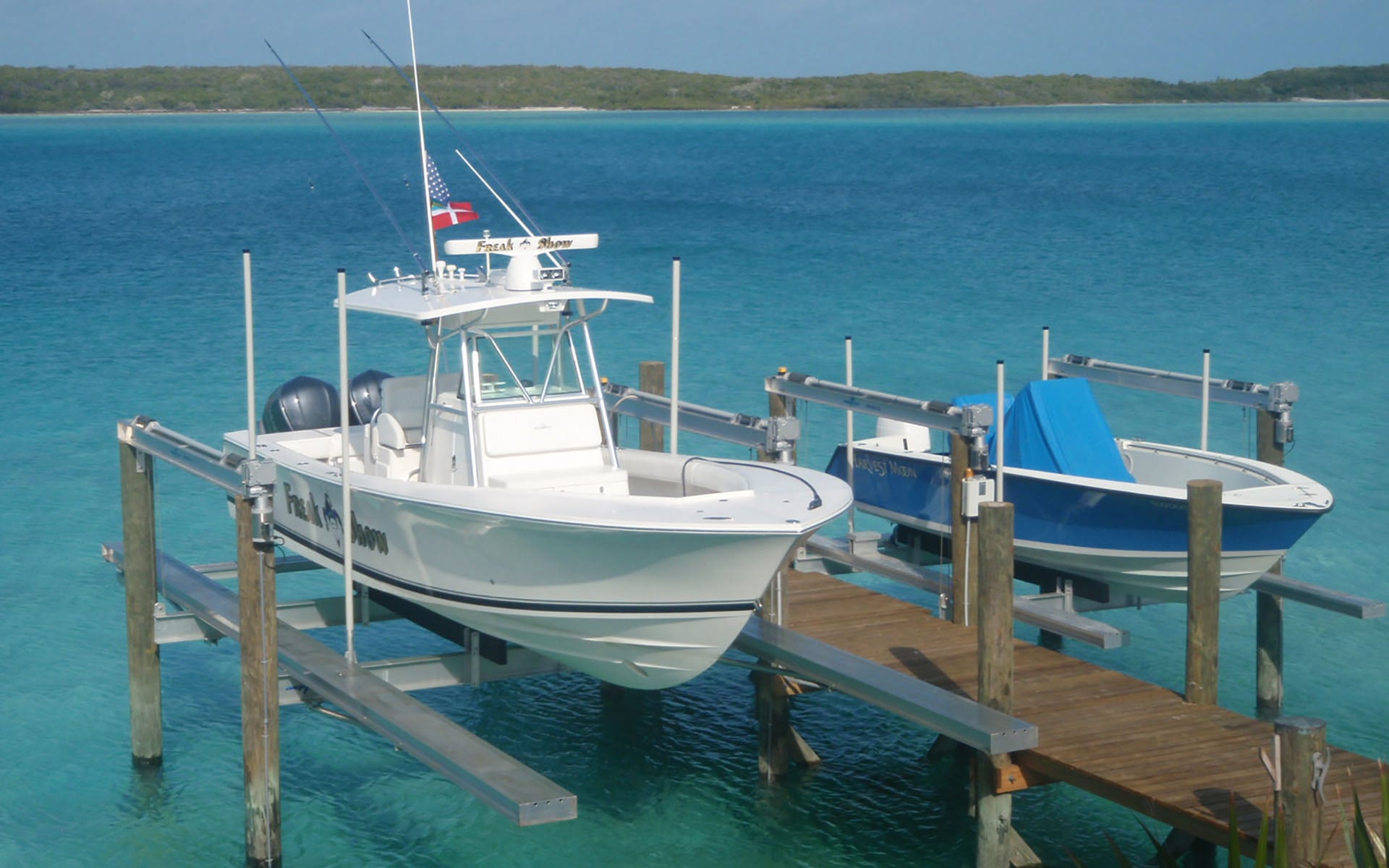Camdenton, Missouri is the heart of the Lake of the Ozarks—a region synonymous with boating, fishing, and waterfront living. Nestled in Camden County with a population just over 3,600 residents, this small but vibrant city is more than a gateway to Missouri’s premier recreational lake. With its rolling hills, sparkling waters, and central location in the state, Camdenton captures the essence of a laid-back yet adventure-packed lake lifestyle.
The area experiences a humid subtropical climate, meaning warm summers and mild to cool winters. Boating season often kicks off in late spring and stretches through early fall, giving property owners ample time to enjoy life on the water. Camdenton also enjoys approximately 212 sunny days per year—perfect for making the most of that dock lift system or floating boat lift. It’s no surprise that both locals and visitors flock here for events like the Lake of the Ozarks Shootout, the largest unsanctioned boat race in the Midwest, drawing thousands every August.
Tourism and lakefront living drive Camdenton’s energy. Key attractions include Ha Ha Tonka State Park, famous for its cliffside ruins and hiking trails, and Bridal Cave, a stunning underground wonder. Families and retirees alike are drawn to the peaceful pace of life, while watercraft owners benefit from easy access to one of the largest man-made lakes in the country—perfect for pontoons, tritoons, bass boats, and personal watercraft.
In a region where docks line the shoreline and watercraft are an everyday way of life, knowing how to select the right capacity used boat lift is essential. The stakes are high—choose wrong, and you risk damaging your lift or your boat. That’s why we’re diving deep into how to match your lift size to your vessel with precision, confidence, and insight straight from the experts at LOTO Lift.
